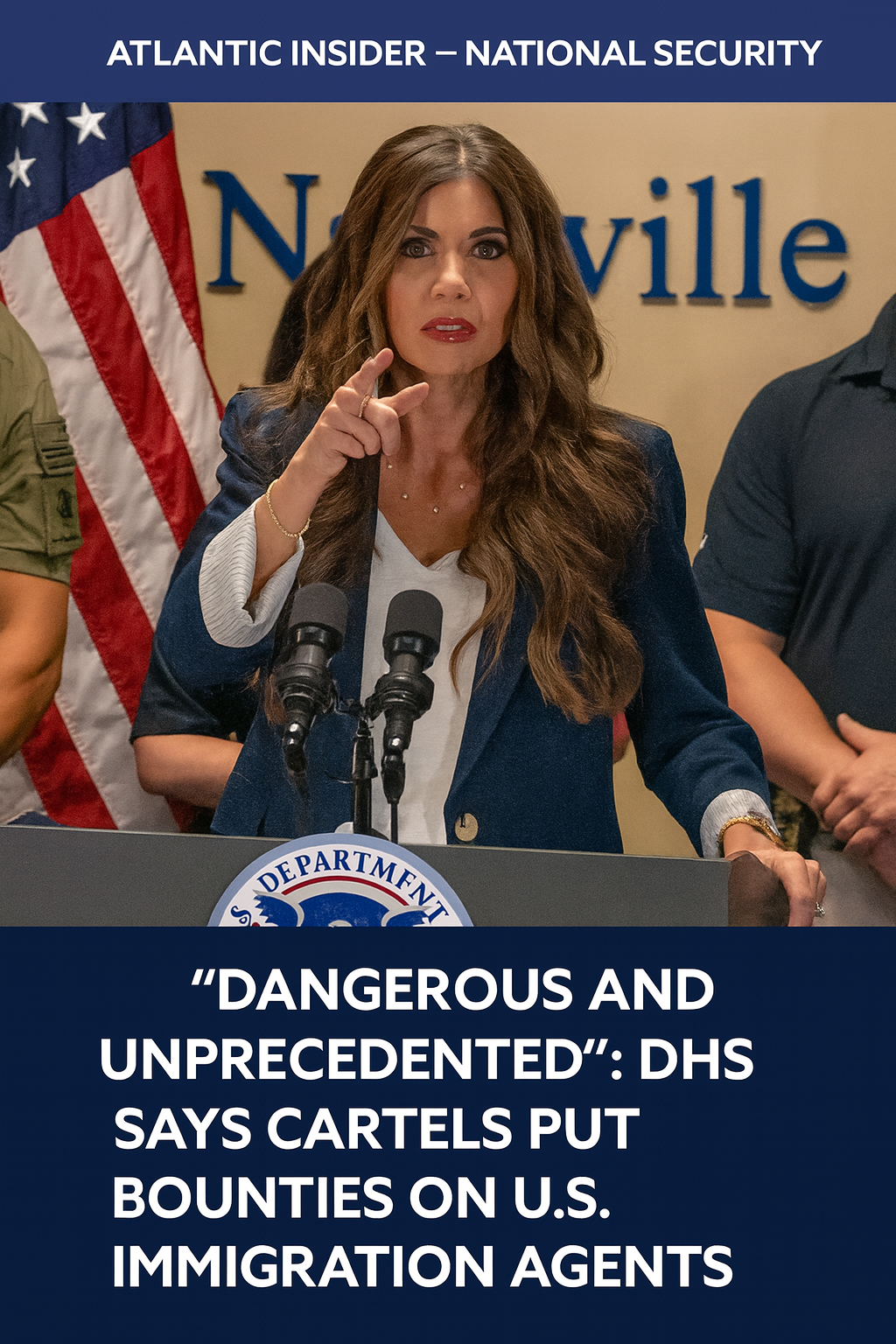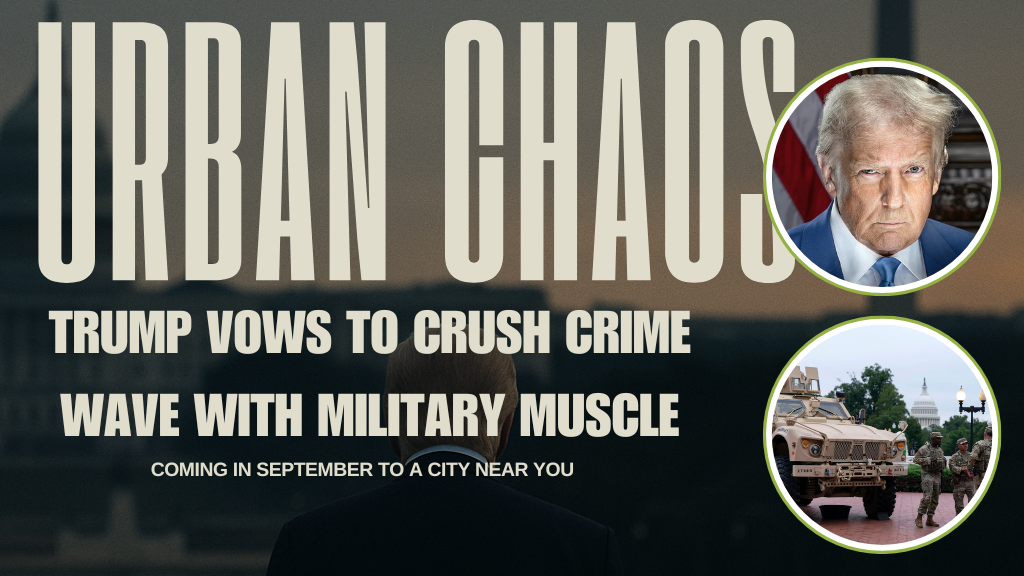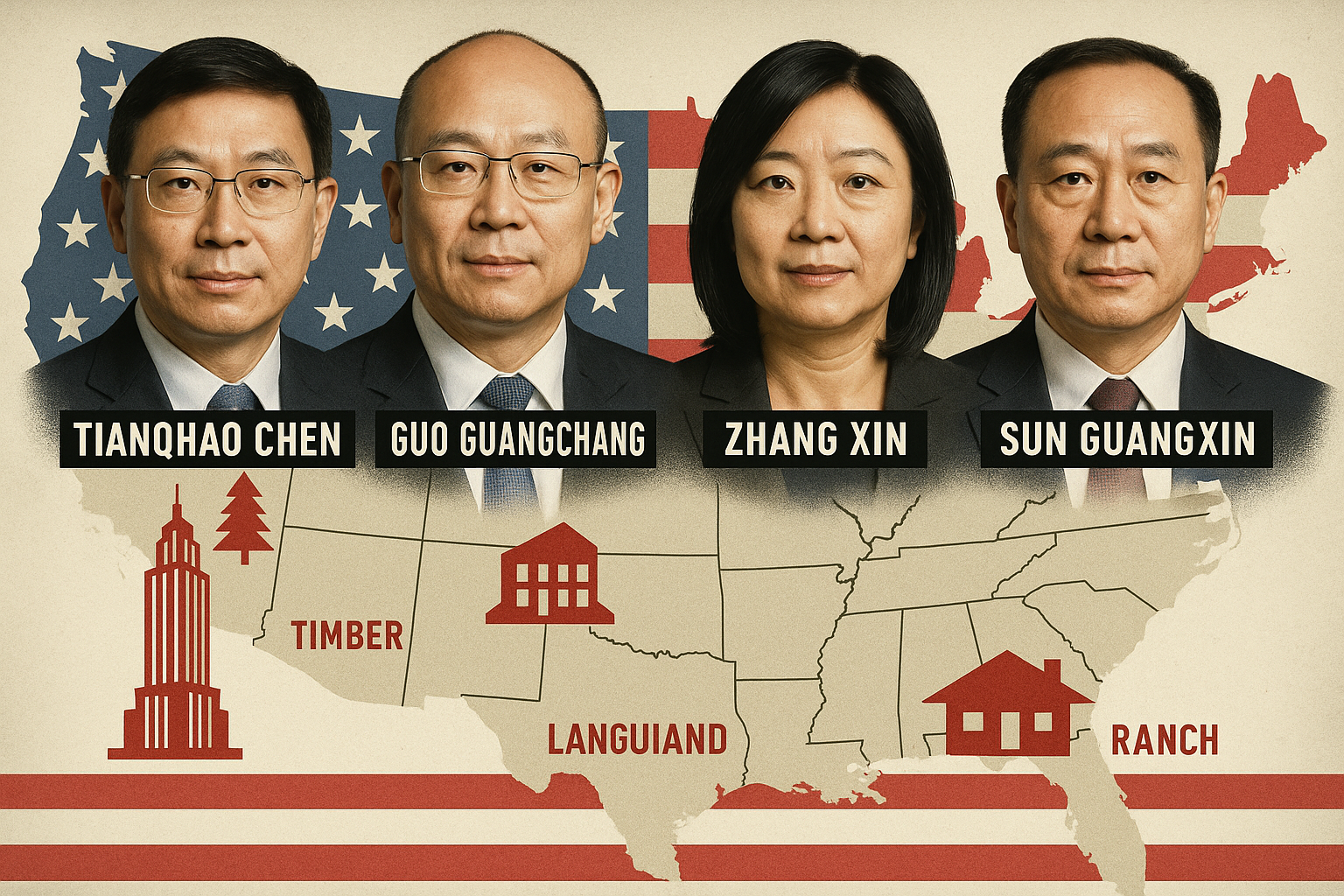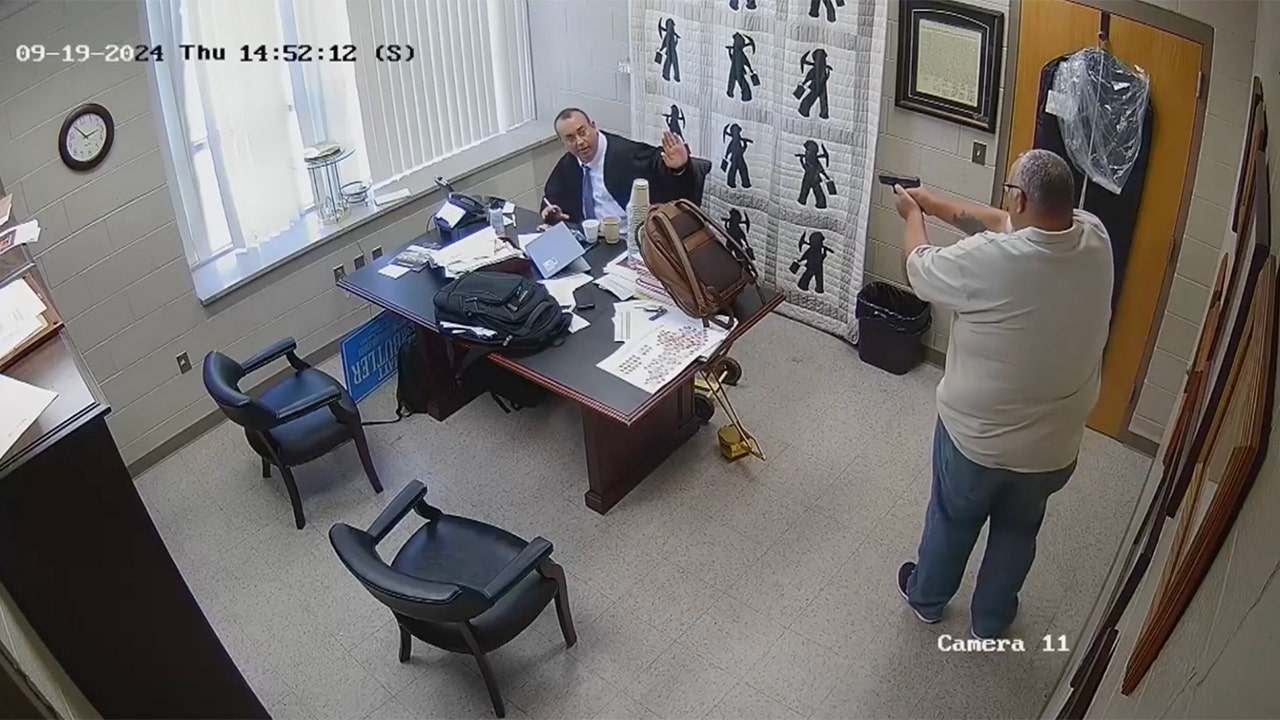The Fire at Grand Blanc: A Nation in Ashes
At exactly 10:02 AM on a quiet Sunday in Grand Blanc, Michigan, the sounds of hymns gave way to gunfire. Moments later, fire consumed the walls of the Church of Jesus Christ of Latter-day Saints. By 10:10, four people were dead, including the gunman.
The suspect, identified as 40-year-old Thomas Jacob Sanford of nearby Burton, drove a pickup truck into the church's front entrance before opening fire with a semi-automatic rifle. In his wake, eight others lay injured and a spiritual sanctuary was reduced to embers.
A Familiar American Nightmare
By now, the American public has memorized the cadence of such tragedies. A gunman. A motive still “under investigation.” Politicians offering “thoughts and prayers.” And a community that will be forever altered.
Yet this time feels different. This wasn’t a nightclub or a high school. It was a church — and not just any church, but a Mormon congregation, worshipping the morning after the death of their 101-year-old global leader, Russell Nelson.
Was it coincidence? Was it symbolism? Was it hatred?
What We Know So Far
Sanford reportedly used gasoline as an accelerant, setting the church ablaze before he was shot dead by police just eight minutes after the first 911 call. Authorities say a search of Sanford’s home and digital communications may reveal motive, ideology, or plans. But for now, his silence is eternal, and the town is left with a scorched shell of faith.
Michigan Governor Gretchen Whitmer condemned the shooting as “unacceptable,” while President Trump posted that “there is still a lot to learn” — an admission that has become a refrain in a country increasingly desensitized to bloodshed.
The Ritual of Forgetting
America mourns. Then America moves on. This cycle of reaction without resolution is as American as apple pie. We learn the killer’s name. We dissect his past. And then, as if flipping a switch, the national attention pivots — usually to politics, celebrity, or sports.
But Grand Blanc is not ready to move on. Not yet. As of today, some victims remain unaccounted for. Families wait for identification. Firefighters comb through rubble. And an entire town prays — even those who no longer believe.
Religion Under Fire
If it turns out that this was a targeted act against a religious group — and many suspect it was — then this becomes more than a tragedy. It becomes a hate crime. A domestic terrorist act. A sign that the very idea of sanctuary has eroded in the 21st century.
Whether in synagogues in Pittsburgh, mosques in New Zealand, or Black churches in Charleston, faith has increasingly become a trigger for violence, not just a source of peace.
A Nation at the Crossroads
What happened in Grand Blanc was not just a shooting. It was a symptom of an untreated disease — one that feeds on anger, anonymity, alienation, and access to firearms.
If we are serious about change, then the fire at Grand Blanc must be more than a headline. It must be a turning point. The question is: Will we remember it long enough to matter?




%20(12).png)



